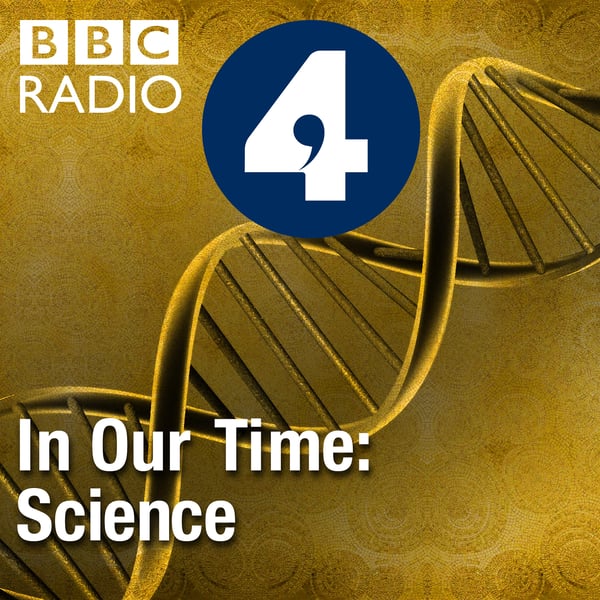Mammals
In Our Time: Science
BBC
4.5 • 1.4K Ratings
🗓️ 13 October 2005
⏱️ 42 minutes
🧾️ Download transcript
Summary
Transcript
Click on a timestamp to play from that location
| 0:00.0 | Thanks for down learning the In Our Time podcast. For more details about In Our Time and for our terms of use please go to BBC.co.uk. |
| 0:10.0 | I hope you enjoy the program. |
| 0:12.0 | Hello, the Senesaic era of Earth's history started about 65 million years ago and runs |
| 0:17.5 | to this day. |
| 0:18.5 | It began with the extraordinary K-T event, a supposed asteroid impact that's said to have destroyed the dinosaurs and incorporates |
| 0:25.9 | the breakup of Pangea, the enormous landmass that eventually formed the continents we know |
| 0:30.9 | today. |
| 0:31.9 | This is known as the age of mammals and it's a period |
| 0:34.8 | in which warm-blooded lactating often furry animals diversified rapidly and |
| 0:39.1 | spread across the globe on land and in the sea. According to evolutionary theory, what conditions |
| 0:44.9 | created the opportunity for mammals to thrive? What environmental factors |
| 0:48.7 | led to the characteristics they share and the features they don't? And how |
| 0:52.2 | did they become the most intelligent class of animals |
| 0:54.4 | on the planet? With me to discuss the rise of the mammals is Richard Corfield, a senior lecturer |
| 0:59.2 | in Earth Sciences at the Open University. Steve Jones, Professor of Genetics in the Galton Laboratory at University College London, |
| 1:06.7 | and Jane Francis, Professor of Paleoclimatology at the University of Leeds. |
| 1:10.9 | Richard Corfield, can you tell us when the first mammals started to emerge in |
| 1:14.9 | Earth's history and what they were like? |
| 1:17.0 | Yes, I think the most extraordinary thing about the evolution of the mammals is how very very ancient they are. The |
| 1:25.3 | K-T boundary took place 65 million years ago when the asteroid hit the Earth, but |
| 1:31.8 | the mammals actually date back to 200 million years, |
| 1:36.0 | which is very close to the beginning of the second great era of visible life, the Mesozoic. |
... |
Please login to see the full transcript.
Disclaimer: The podcast and artwork embedded on this page are from BBC, and are the property of its owner and not affiliated with or endorsed by Tapesearch.
Generated transcripts are the property of BBC and are distributed freely under the Fair Use doctrine. Transcripts generated by Tapesearch are not guaranteed to be accurate.
Copyright © Tapesearch 2025.

